Bringing a gun to a gun fight
Published on July 22nd, 2019
When offshore racing, if you can dial in the conditions you will always dial in a type of boat. That’s the case with the Transpac Race, for after the first couple days of cold and wet headsail reaching, it is all about surfing in tropical tradewinds. This race breeds offwind flyers.
Among those that brought a gun to a gun fight was Quentin Stewart and his Infinity 46r Maverick. This innovative design from Hugh Welbourn has a lateral appendage protruding from the hull just below the waterline on the leeward side that produces lift to contribute to stability of the boat when at high speeds.
Called DSS (Dynamic Stability System), this produces outstanding performance benefits in offwind sailing with wind over 17 knots…below this speed in downwind sailing the foil is retracted in the hull to reduce drag.
These effects were seen in their final approach when Maverick was locked in battle boat-for-boat with a much larger race boat with a conventional fin and bulb keel, Max Klink’s Botin 65 Caro. The two were neck and neck doing speeds of 17-20 knots in the brisk wind and waves of the famous Molokai Channel.
“The DSS was amazing, it allowed us to be so fast and so stable, we carried the big A2 spinnaker much further out of its normal range,” said helmsman Gordon Kay, a veteran of two Whitbread Round the World Races. “We did not want to change to the A3 because we really wanted to beat Caro boat-for-boat, and we did.”
Another design with novel appendages that paced with boats much larger was Charles Devanneaux’s Beneteau Figaro 3 A Fond le Girafon (“the baby giraffe”), named for the ungainly-looking but effective foils that protrude from the hull above the water., but curved to be immersed at high heel angles and thereby also provide lift and stability.
Devanneaux double-handed this race with Fred Courouble, a French ex-pat naval architect living in Long Beach, who explained their function.
“The design is very clever. When the boat heels 20-30 degrees, the outer section of the foil is rotated so that its curved section is now at an angle to provide lift. The position of the foil on the boat, the full round bow section, and the leeward rudder which is now vertical all make the boat very stable and hold its tracking, even in high-speed reaching.
“The boat in these windy downwind conditions is easy to steer and completely under control. In fact, at no time in this race were we concerned about control of this boat, it’s very fast and safe.”
Devanneaux has already sailed this boat to Hawaii in the Pacific Cup and says he has thousands of miles double handing her in races and offshore passages, without problems.
Event Details – Entry list – Tracker – Results – Facebook
Note: There is a 4-hour delay on the tracker but goes live within the final 200 miles.
Attrition list:
• Mayhem, Hobie 33, Steven Eder (rudder)
• Aloha, Hobie 33, Kyle Vanderspek (rudder)
• Nalu V, Cal 40, Mark Ashmore (unknown water ingress)
• Trouble, Santa Cruz 50, Tom Camp (rudder)
• Live Wire, Olson 40, Tim Jones (mast damage)
• OEX, Santa Cruz 70, John Sangmeister (rudder – sunk)
• Pyewacket, Andrews 70, Roy Disney (rescued OEX)
• Macondo, Beneteau First 47.7, Mike Sudo (rudder)
• Uhambo, Fast 42, David Chase and Carlos Brea (mast damage)
Background: First organized by the Transpacific Yacht Club in 1906, the biennial Transpacific Yacht Race or Transpac is an offshore sailing race from Point Fermin in Los Angeles to Diamond Head, just east of Honolulu, a distance of 2225 nm. The 2019 edition has 12 divisions with staggered starts on July 10, 12, and 13.
Boats racing in Divisions 6, 7, 8, 9, the Cal 40s, and the Multihulls in Class 0A will start on July 10. The second start on July 12 will be for the boats in Divisions 3, 5 and the Santa Cruz 50/52s, with the final start on July 13 for the remaining monohull entries in Divisions 1 and 2, along with the Multihull class 0 entries.
The current race records were set in 2017 when Comanche set the new Merlin trophy elapsed time record at 5 days 01:55:26. Comanche also set a 24 hour distance Transpac record at 484.1 nm, a 20.2 knot average speed. The ORMA 60 trimaran Mighty Merloe set the multihull elapsed time record at 4 days 06:32:30.
Source: TPYC, Scuttlebutt


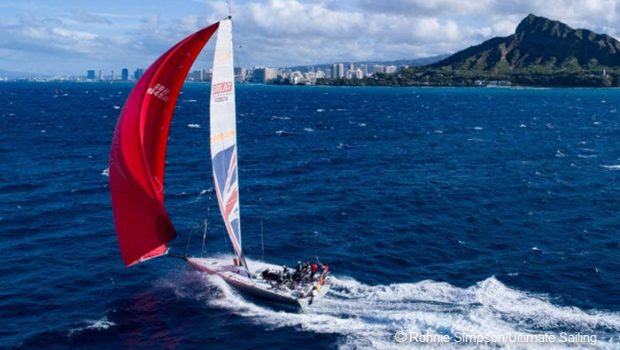

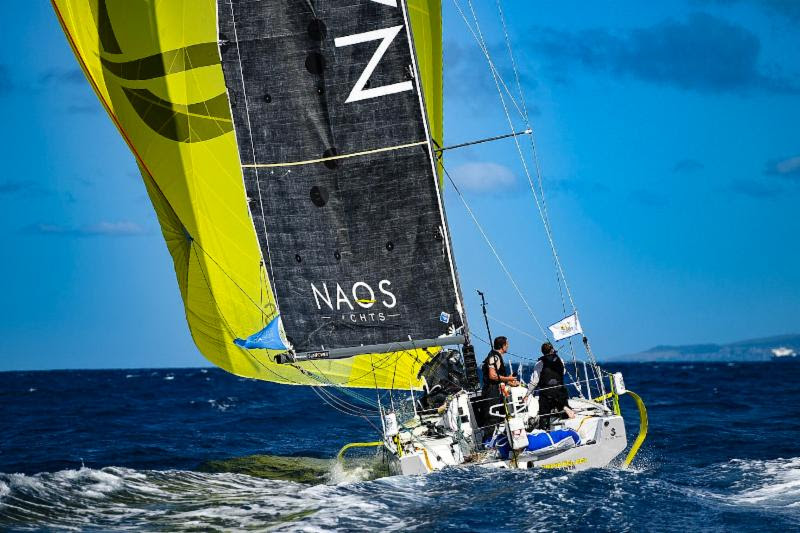


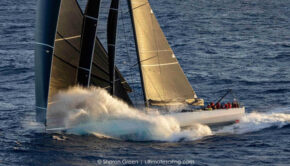
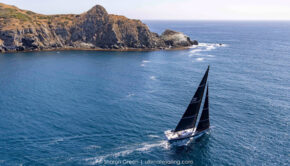
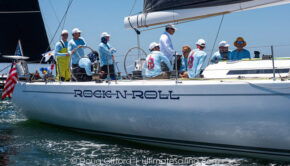
 We’ll keep your information safe.
We’ll keep your information safe.